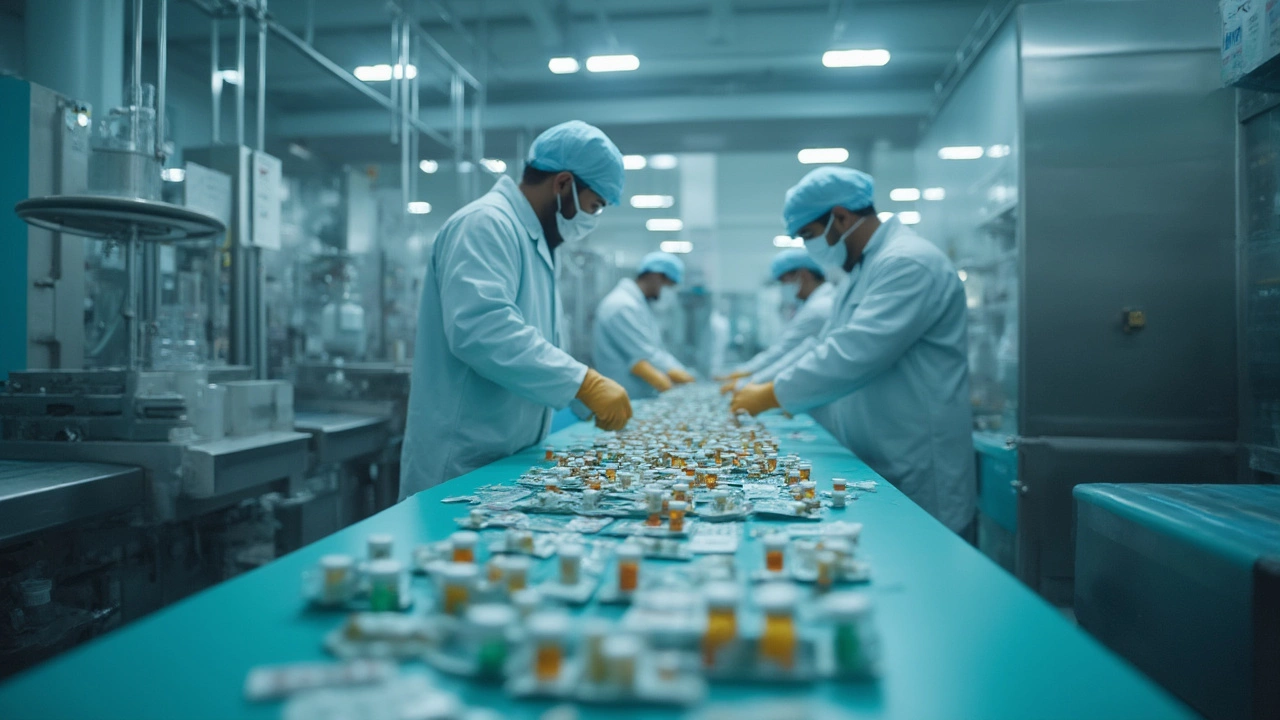Pharmaceutical Distribution: Keeping Medicines Moving Safely
If you’ve ever wondered how a pill travels from a factory in Hyderabad to a pharmacy in Delhi, you’re in the right spot. The journey isn’t a straight line – it’s a series of carefully managed steps that protect the product and keep costs low.
First, the drug leaves the manufacturing plant after quality checks and packaging. From there it goes to a dedicated warehouse where temperature, humidity and security are tightly controlled. Most warehouses use refrigerated zones, especially for vaccines and biologics, because a few degrees off can ruin the medicine.
Once the stock is ready, the delivery fleet takes over. Trucks equipped with insulated containers and GPS trackers move the cargo to regional hubs or directly to retailers. At every hand‑off, paperwork is scanned, and data is uploaded to a central system so everyone knows exactly where the batch is.
Why the supply chain matters
Every break in the chain creates risk. A delayed truck can mean a pharmacy runs out of life‑saving drugs, while a poorly sealed container can cause a batch to fail stability tests. That’s why regulators like the CDSCO demand strict compliance records and audit trails. Companies that ignore these rules face fines, product recalls, and damaged brand reputation.
Technology has become the backbone of modern pharma logistics. Real‑time temperature monitoring sends alerts the moment a freezer opens, and AI‑driven routing reduces travel time by avoiding traffic snarls. Barcode and RFID tags ensure the right product ends up in the right location, cutting the chance of counterfeit entry.
Top tips for a smooth pharma distribution
1. Choose partners with proven cold‑chain expertise. Look for certifications such as GMP and ISO 9001, and ask for temperature logs from recent shipments.
2. Insist on end‑to‑end visibility. A dashboard that shows location, temperature and container status lets you act before a problem escalates.
3. Keep documentation digital and synchronized. Cloud‑based platforms reduce paperwork errors and speed up regulatory reporting.
4. Invest in reliable infrastructure inside warehouses. Elevators and freight lifts that meet pharma standards keep heavy pallets moving without jolts that could disturb temperature‑sensitive items. Companies like SkyWings Elevation Solutions provide lifts designed for clean‑room environments, ensuring smooth vertical transport.
5. Plan for contingencies. Have backup carriers, spare refrigerated units, and clear SOPs for power outages so a single event doesn’t halt the whole chain.
Looking ahead, drones and autonomous vehicles are being tested for last‑mile delivery in remote areas. AI will predict demand spikes, allowing manufacturers to pre‑position stock where it’s needed most. These innovations promise faster, cheaper, and even safer delivery.
In short, pharmaceutical distribution is a high‑stakes puzzle where every piece matters. By focusing on temperature control, regulatory compliance, real‑time tracking and solid infrastructure, you can keep medicines safe and get them to patients on time. The right partners and technology make the difference between a smooth ride and a costly delay.
